Innovation Doesn’t Happen in a Vacuum: Lessons from Indiana’s Radiopharmaceutical Revolution
- Andrew Langer
- 20 hours ago
- 7 min read

Earlier this month, Andrew Langer, Executive Director of the Coalition Against Socialized Medicine (CASM), visited the Novartis Radioligand Therapy (RLT) manufacturing facility in Indianapolis, Indiana. The visit was part of the Biotechnology Industry Organization’s (BIO) “BIO on the American Road” (BOTAR) series—a national tour highlighting the innovations transforming American medicine and biotechnology.
Standing on the production floor of the facility, surrounded by engineers, chemists, and technicians who are redefining the future of cancer treatment, Langer was reminded of a fundamental truth: American innovation continues to save lives each and every day—but it doesn’t happen by accident. It depends on deliberate public policy choices that encourage invention, protect intellectual property, and reward risk-taking.
Among the most important of these choices was the passage of the Bayh-Dole Act of 1980, a bipartisan reform that set off a revolution in how publicly funded research is translated into real-world treatments. CASM and its member organizations have long championed Bayh-Dole as the single most successful innovation policy in American history—one that continues to serve as the foundation for breakthroughs like those taking place in Indiana today.
Indiana: The World’s Capital of Radiopharmaceutical Manufacturing
Indiana’s rise to become the radiopharmaceutical manufacturing capital of the world was no accident. It was the product of foresight, partnership, and a willingness to align policy with opportunity.
The state deliberately positioned itself to lead in this emerging field, cultivating relationships between academia, private industry, and state government. Purdue University has even launched a graduate degree in radiopharmaceutical manufacturing, an industry-first program developed through collaboration with Novartis and other biotechnology leaders.
At the Novartis RLT facility, Langer saw the results of this synergy firsthand. The facility produces precision-targeted therapies that pair radioactive isotopes with molecules designed to locate and destroy cancer cells while sparing surrounding healthy tissue. This is not a theoretical concept—it’s a medical revolution already saving lives.
These therapies exemplify the promise of theranostics, an approach that merges diagnostics and therapeutics to identify, target, and treat disease with unmatched precision. The combination of scientific excellence, private investment, and pro-innovation public policy has made Indiana a global model for biomedical advancement.
Bayh-Dole: The Policy Engine of American Discovery
None of this innovation would exist without the framework provided by the Bayh-Dole Act, co-authored by Senators Birch Bayh of Indiana and Bob Dole of Kansas. Before Bayh-Dole’s passage, the federal government owned the rights to thousands of patents generated through taxpayer-funded research. Most of these discoveries never left the laboratory—buried under bureaucratic inertia.
Bayh-Dole changed that. It allowed universities, small businesses, and nonprofits to retain ownership of inventions developed with federal funding and to license them to private partners for development and commercialization. The result was nothing short of transformative. The United States became the global epicenter of biotechnology, with a thriving ecosystem that produced hundreds of breakthrough therapies and trillions of dollars in economic growth.
Observers of biomedical research often describe Bayh-Dole as the “warp drive” of American innovation—an elegant policy solution that released the creative energy of scientists, entrepreneurs, and investors. By aligning incentives across the public and private sectors, the law ensured that discoveries made in university laboratories could be translated into products that save lives.
But as CASM has warned, this success is now under threat. America’s growing socialist movement (and their willing dupes among progressives) have sought to twist the Bayh-Dole Act’s “march-in rights”—originally designed to ensure public access to unused inventions—into a mechanism for government price control. Such reinterpretations would represent a radical departure from the law’s original intent, create a direct assault on the very system that produced America’s biomedical dominance, and serve to create a slowdown or even “full stop” to that “innovation warp drive”.
Innovation Requires Certainty, Not Bureaucratic Intervention
In his conversations with researchers at Novartis, Langer heard a consistent refrain: innovation requires certainty. The development of advanced therapies depends on the confidence that intellectual property will be protected and that the rules of the game will remain stable—and that government bureaucrats will not needlessly throw roadblocks in the way of not just research and development, but the actual delivery of lifesaving technologies to those who need them.
It should be noted that with RLT therapies, time is of the essence. Each dose is manufactured for a specific patient, with a shelf-life of mere hours. Every hour lost between manufacture and utilization runs the risk of having the effectiveness of that treatment blunted, and so many hours are lost due to extraneous paperwork and bureaucratic hoops. This needs to change.
The burden of red tape is a threat to everyone: the patients who potentially lose out on lifesaving therapies, and the large companies working to provide them with the groundbreaking medicines. For start-ups and smaller biotech companies—those without the deep pockets of multinational firms—this uncertainty can be fatal. The threat of government second-guessing or price interference discourages investors, delays development, and diminishes the likelihood that life-saving therapies will ever reach patients.
CASM and its allies have repeatedly emphasized that the Bayh-Dole Act was designed to promote utilization, not regulation. Its purpose was to make sure inventions are used and commercialized—not to give the government the power to decide how much a life-saving drug should cost or whether a company deserves to profit from its creation.
The Cautionary Tale of Trofim Lysenko
The tension between science and politics is not new, and history offers a stark warning about what happens when ideology overrides evidence and a bureaucracy is co-opted. In the Soviet Union, a mid-20th-century agronomist named Trofim Lysenko rose to prominence by promoting pseudo-scientific ideas that aligned with Marxist doctrine. Lysenko rejected the principles of genetics and insisted that environmental manipulation alone could alter heredity—a claim that fit the political narrative of his time.
Under Stalin’s patronage, Lysenko’s theories became state policy. Geneticists who opposed him were silenced or executed. Agricultural production plummeted.
Millions starved.
Lysenko’s story is a warning against allowing politics to dictate scientific progress—and utilizing bureaucratic power to hamstring innovation. While today’s policymakers are not sending scientists to gulags, the impulse to bend science to fit ideology persists—in proposals that not only demonize those doing innovative research but also those engaging in the practice of medicine. We already have a crisis in the gap between the number of physicians we have and the number we need—pushing policies that dismiss the vital contribution that medical practitioners make in keeping Americans healthy will only exacerbate that problem further.
When government substitutes ideology for evidence, innovation dies. The lesson of Lysenkoism is that science cannot thrive under political coercion. The American innovation model has always depended on freedom—freedom to inquire, to test, to fail, and to profit from success. Laws like Bayh-Dole protect that freedom, ensuring that discovery is guided by curiosity and competition, not by central planning.
Indiana’s Model of Cooperative Innovation
What is happening in Indiana offers a powerful counterexample to the dangers of government overreach. The state’s bioscience community—anchored by Purdue University and strengthened by global companies like Novartis—demonstrates how public-private collaboration can accelerate innovation when guided by sound principles.
Purdue’s new radiopharmaceutical manufacturing program exemplifies this approach. It equips students with hands-on expertise in areas like isotope production, supply-chain logistics, and regulatory compliance—skills vital to sustaining America’s leadership in nuclear medicine. Graduates of this program will not only fill high-paying jobs but will also drive forward the next generation of medical breakthroughs.
Indiana’s success is economic as well as moral. The state’s biomanufacturing sector supports thousands of workers and attracts billions in investment each year. More importantly, it delivers real hope to patients. The therapies being produced there are not abstract research projects; they are tangible, effective treatments for diseases once thought incurable.
The Threat of Centralized Control Masquerading as Reform
Yet even as states like Indiana are proving what a free innovation economy can achieve, Washington is drifting toward a very different model. Recent actions by federal agencies—including CMS’s price-setting regime under the Inflation Reduction Act, NIH’s intrusive access-plan policy, and NIST’s proposed march-in reinterpretations—represent a creeping return to centralized control.
Under these frameworks, bureaucrats, not scientists or entrepreneurs, increasingly decide which drugs are developed, how they are priced, and who can bring them to market. It is a slow but steady march toward the kind of government-controlled system that CASM was founded to oppose.
CASM argues that this is not simply a matter of economics—it’s a moral question. A society that punishes success and politicizes discovery will produce fewer cures, fewer breakthroughs, and fewer miracles. The radiopharmaceutical industry offers the clearest possible evidence that freedom, not force, fuels progress.
Preserving America’s Innovation: “Warp Drive”
The Novartis facility represents the physical embodiment of a policy success story decades in the making. From a few lines of legislation passed in 1980 has sprung an entire universe of invention—one that continues to expand the boundaries of human health and possibility.
But we must recognize how fragile that ecosystem is. The balance that Bayh-Dole struck—between public investment and private ownership, between academic discovery and commercial development—must be protected. If the federal government starts signaling that innovation will not be protected, the results will be disastrous. The capital that funds research will vanish, and the next generation of therapies will remain trapped in laboratories instead of reaching patients who need them.
Indiana’s biopharmaceutical renaissance tells a larger story about the United States itself. When policymakers trust innovators and protect property rights, progress flourishes. When they replace competition with control, progress withers.
The lesson of Bayh-Dole—and of a system that encourages research and exploration—is that innovation does not happen in a vacuum. It happens when free minds are free to explore, when entrepreneurs can reap the rewards of risk, and when the law safeguards discovery from political interference.
From the failure of Lysenkoism to the triumph of radiopharmaceutical science, the verdict of history is clear: Science serves humanity best when it is free. The challenge before policymakers today is to keep it that way—by rejecting socialized models of control and preserving the American tradition of innovation that turns ideas into cures and imagination into life.





.png)




_gif.gif)